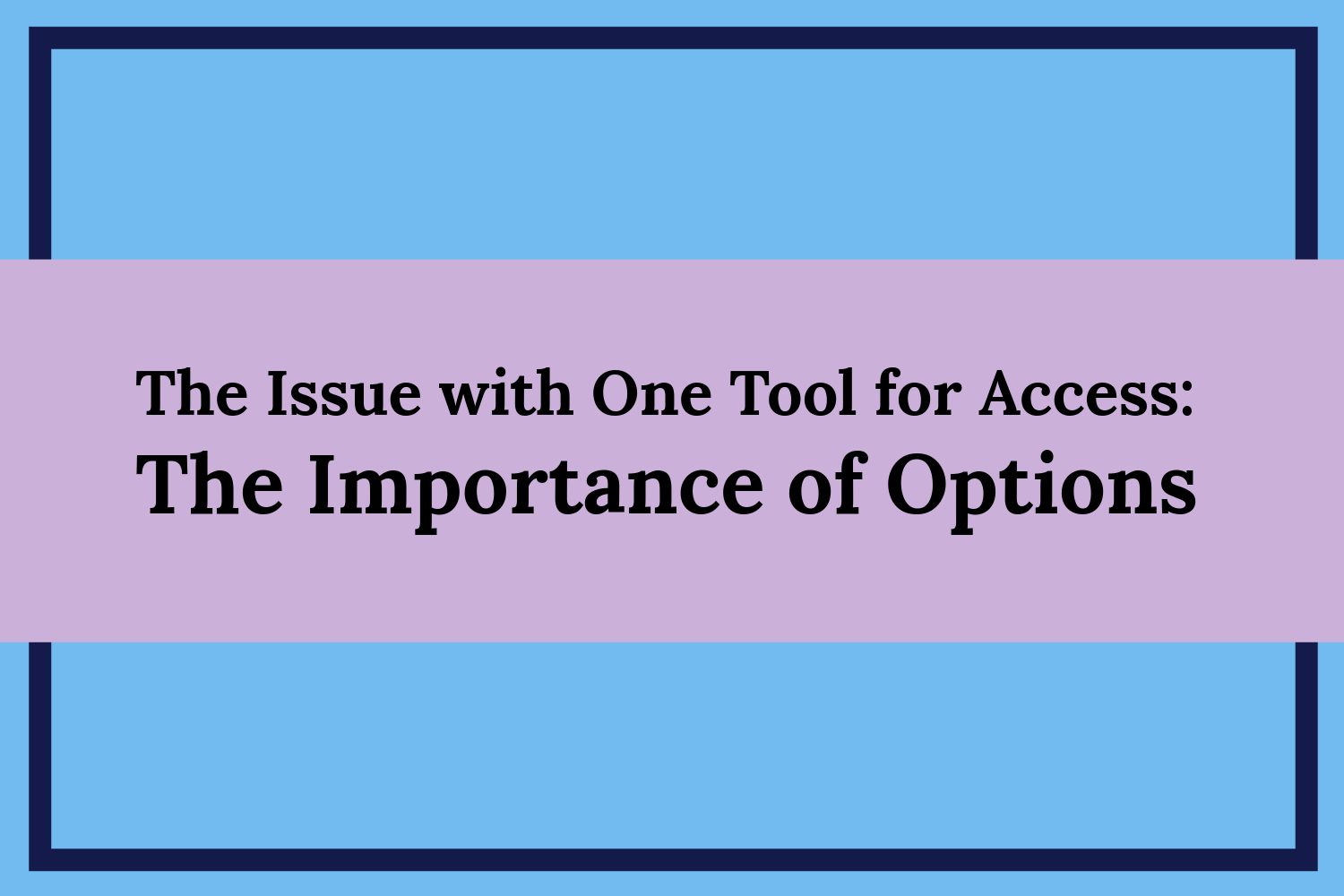I spent my childhood with one useful tool to gain me access to what society has to offer as a deaf person. My hearing devices. Starting with my hearing aids at one year old and then transitioned into my Cochlear Implant at seven years old, I went through life with my devices as my only aid, my only option for access. Yes, I do lip-read but it is not accurate and quite draining. I typically have to request people to write it down if I was not wearing my devices or give up which was common when people complained that it was too much effort.
It was always too much effort or inconvenient to provide information in writing.
It was always too much effort or inconvenient to provide captions in content.
It was always too much effort or inconvenient to take an extra minute to explain what was happening.
It was always too much effort or inconvenient to get my attention in situations that everyone has access to.
My access was highly dependent on my ability to utilize my devices. However, the assumption that cochlear implants provide close to normal hearing experience created an environment in which having my cochlear implant being my only reliable tool was okay. Nobody considered a situation where my devices stopped working properly. Nobody considered how the cochlear implant is heavily dependent on my energy to hear. Combined with a policy that made changing accommodations difficult, adapting was not simple.
Having one option for access is not sustainable for anyone's quality of life. Making assumptions that every type of disability has a specific need, tool, or option is setting accessibility up for failure. As my experience has shown, lack of knowledge and assumptions about access needs is quite strong throughout our society.
My experience is not unique. Different people have a variety of needs that help with their daily living. When communities design activities and events without the flexibility of access, it can put persons with disabilities in a position where they will have to make decisions for their own safety and well-being and/or adapt without support to receive their basic needs and rights. The environment also includes limiting tools and options for the “superior” option that is easier for the general public but does not mean it is the best for the individual.
When considering accessibility and disability inclusion, it is important not to make assumptions and evaluate accordingly. It requires open communications and feedback to ensure that everyone can access it. When considering assumptions,
-
Don’t assume that someone will tell you their needs
-
Don’t assume that what you design is the most accessible and inclusive
No one expects you to know everything to make it accessible for them. No one expects you to have every need considered and provided. But, there is an expectation of communication when asked and requested.
Flexibility and options are key to providing access. In environments where there are no individual accommodations processes, it is up to the person designing the environment to ensure access to built environment, communications, basic needs, and participation. A setup that has the flexibility to include different communications pieces and tools, mobility, and safety consideration would be more successful than figuring out how to adjust on the spot in an inflexible design of the environment.

